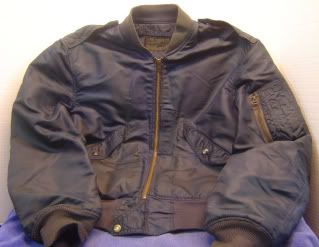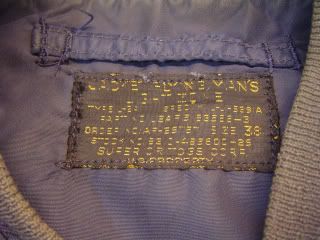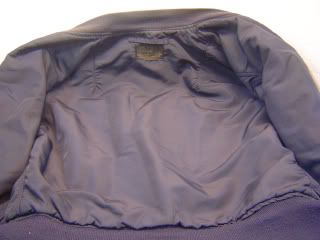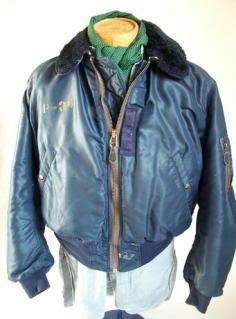A
Anonymous
Guest
The PM increased my confidence in Dr. H's expertise but not in his theory as it applies to the green knits on blue flight jackets. I think it is pretty obvious that in this case (B-15Cs with green knits) the Chapman Theory is probably correct- some jacket makers were supplied with B-15B or L-2 knits during the change to Air Force Blue and either dyed them quit and dirty with a cheap RIT type dye or not at all. I agree with Dr. H that oxidation and UV and sweat can help change the colors on jacket parts but my experience has been that generally the knits and dyeing in general on theses jackets is very good- not as shaky as he implies in his missive. I stick by my response. Experts will often speculate about stuff about which they know not and their expertise will carry the day without proof. The knits on the flight jackets in this discussion were made of wool so his whole nylon/cotton explanation is moot. Second, his statement that the dyes in the 40s and 50s wouldn't have particularly colorfast is not true in general. Most flight jackets from that time have knits which retain good color- OD,blue and sage- even after dry cleaning and long use- check out your copy of "Suit Up" if you don't believe me. All of this reminds me a bit of the speculation by Stuey Clurman or Burt Avedon in "Hell Bent For Leather" that russet in original A-2s was a color which resulted from long exposure to sunlight- "oxidation turned the seal to russet" or some such nonsense. Experts can be fallible... needle's still over...




